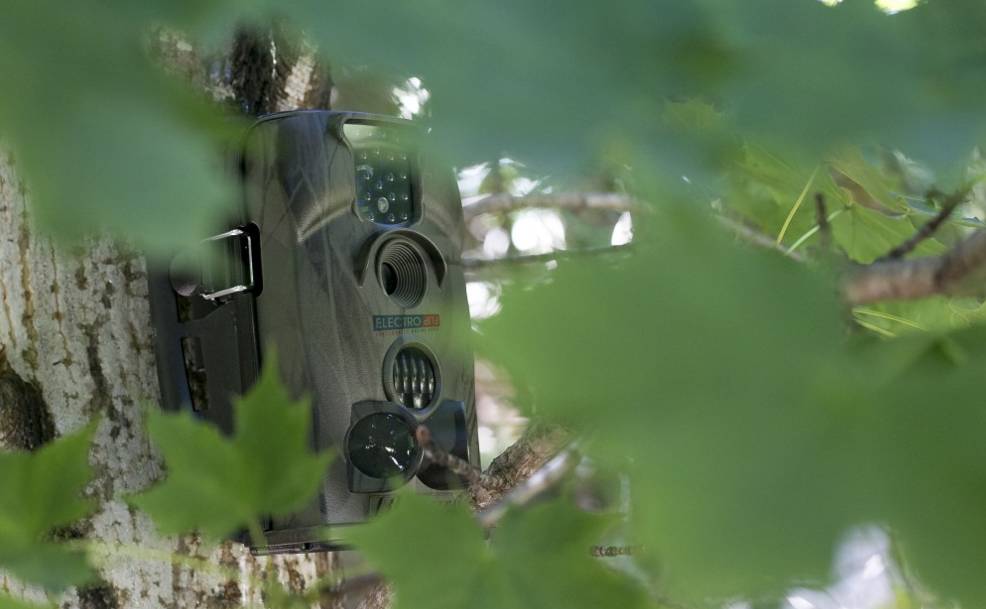Trail cameras are exciting tools that hunters often utilize when hunting. They use these to review patterns in how the wildlife in a local area can move. The concept of a trail camera sounds simple, but there are many good reasons hunters use them so often.
Plan a Schedule
A hunter will use a trail camera to plan a hunting schedule. A camera can review when animals might congregate in an area. The hunter can review times when the crowds of animals are their greatest or when there are a couple in a spot. The hunter can plan one’s shot when there are animals in a spot, but there aren’t too many to create a significant threat.
You can use a trail camera to see what’s in a spot and schedule when the best possible shot can work. You could even find new opportunities for hunting based on what you find.
Monitoring Shade and Other Natural Conditions
Every spot for hunting will feature different shades and light points. The light might be more intense in certain areas based on the sun’s position. The shade from the trees and other nearby items might also make it easier to see what’s in a spot. Sometimes these natural conditions might influence when the animals come over to the local area.
You might notice different conditions in various areas depending on the angle, your positioning towards the sun, and other surroundings. A camera helps you record and compare what is happening in many spaces.
Checking Food Sources
Some natural food sources like bodies of water or wooded areas can be interesting sites for animals to access. But hunting in one of these areas can be risky, especially if there are plenty of animals getting to one spot at once. A trail camera will monitor local food sources in a hunting area to ensure they aren’t too crowded and that animals will show up at these spots.
Test How Attractants Work
You might use salt licks and other items to see how you can attract animals in the space. A trail camera can help you see if these attractants are working. Hunters often record their attractants over a few hours to see if they are bringing in more animals. Some items might be more effective than others. Routine testing helps identify different opportunities. The testing process confirms whether an attractant is useful or if something else is necessary.
Monitor Movements
Some animals are more likely to move in one direction depending on where they appear. You can record how these animals move through what a camera records. A camera can record where these animals are going and can help you plan a suitable shot while out in the wild.
Trail cameras are helpful tools, but they must be planned well. Today’s hunters use these cameras to get an advantage when hunting. The odds are you’ll find one of these useful for your hunting experience.




